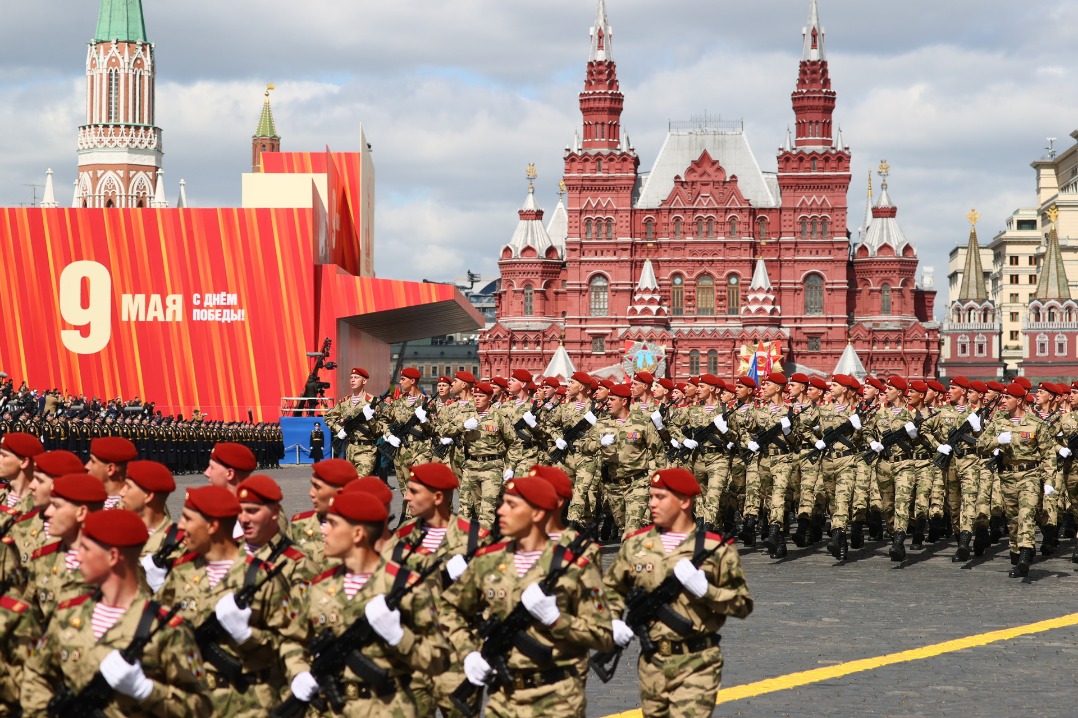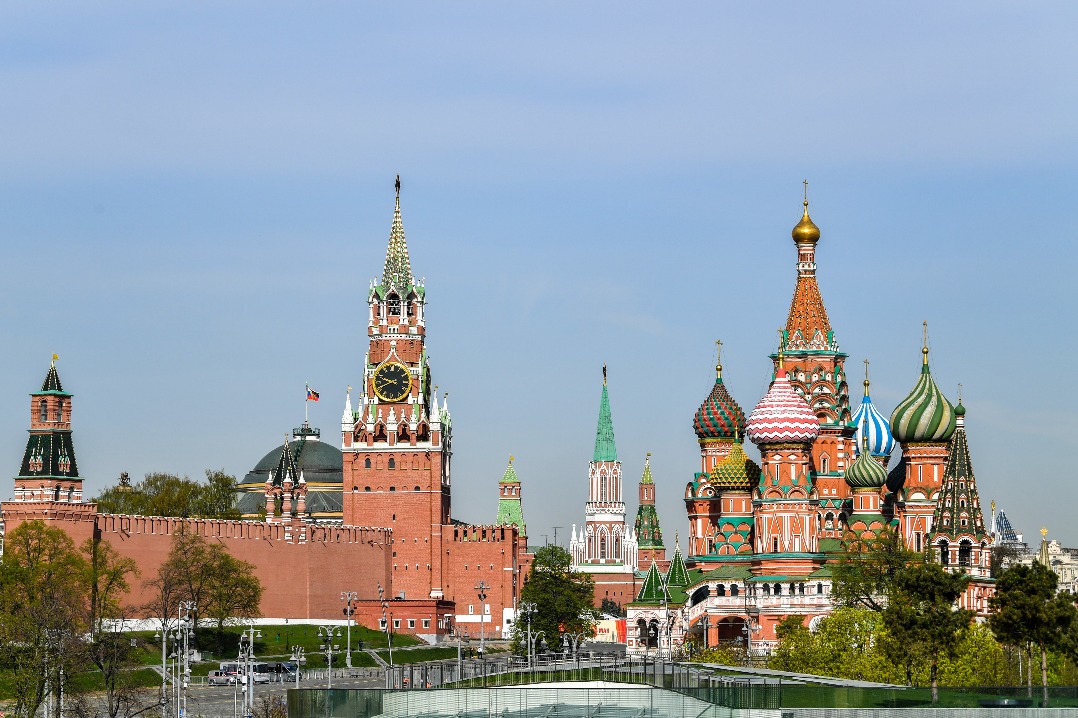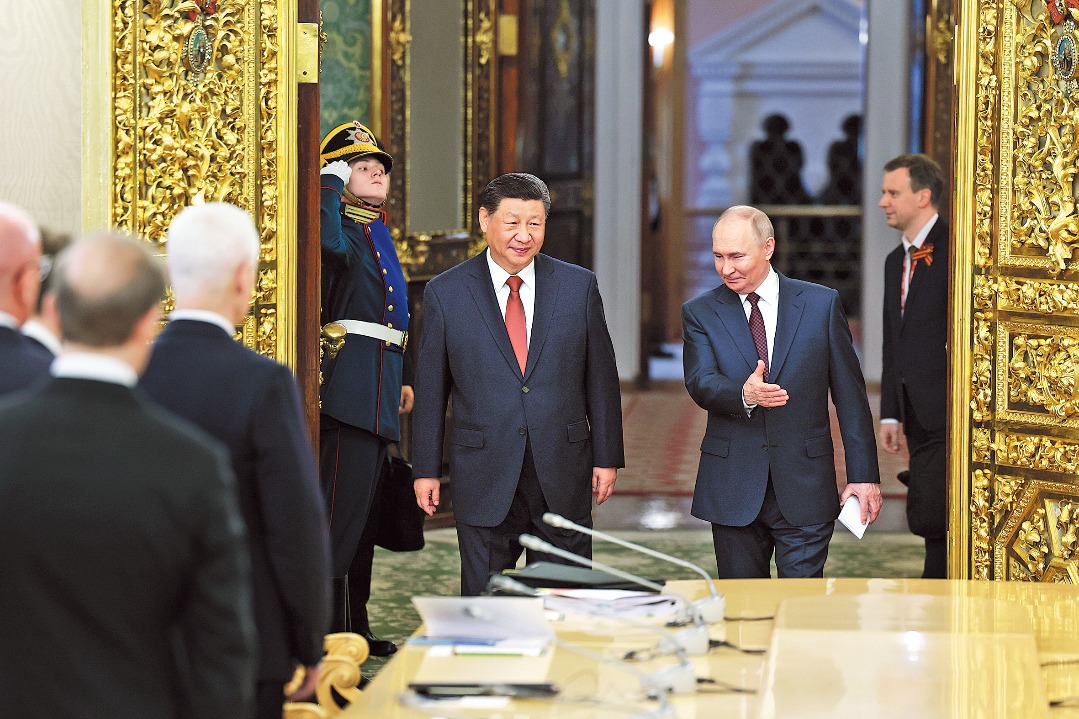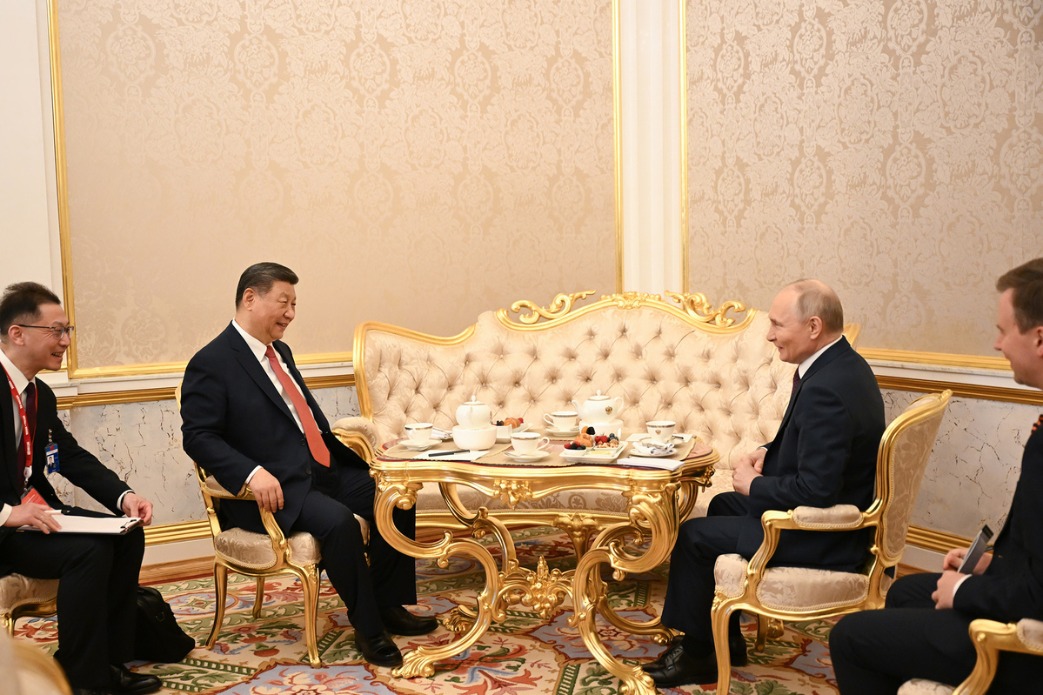Space program celebrates 30 years


In November 1986, the government launched what later became known as Project 863.The national high-tech project covered seven major fields, ranging from biology to new energy. It set two major goals for China's space sector: one was to build large carrier rockets and reusable aerospace vehicles; the other was to construct a space station.
In August 1992, a special committee formed by high-ranking leaders decided that China will use manned spacecraft to assemble a space station in orbit in the coming decades. The plan was approved in September that year by the Standing Committee of the Political Bureau of the Communist Party of China Central Committee, officially debuting the nation's manned space program.
To achieve the ambitious goal, the country made specific plans and took a systematic approach, advancing patiently from simple, multi-day missions to sophisticated, monthlong flights involving several spacecraft.
After nearly 30 years of preparations, China launched the first, and central, component of its space station, the Tianhe core module, in April 2021, and began to send astronauts to fly with it to prepare for the arrival of other parts.























